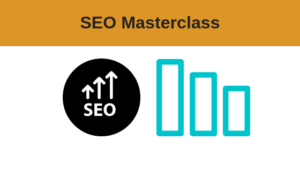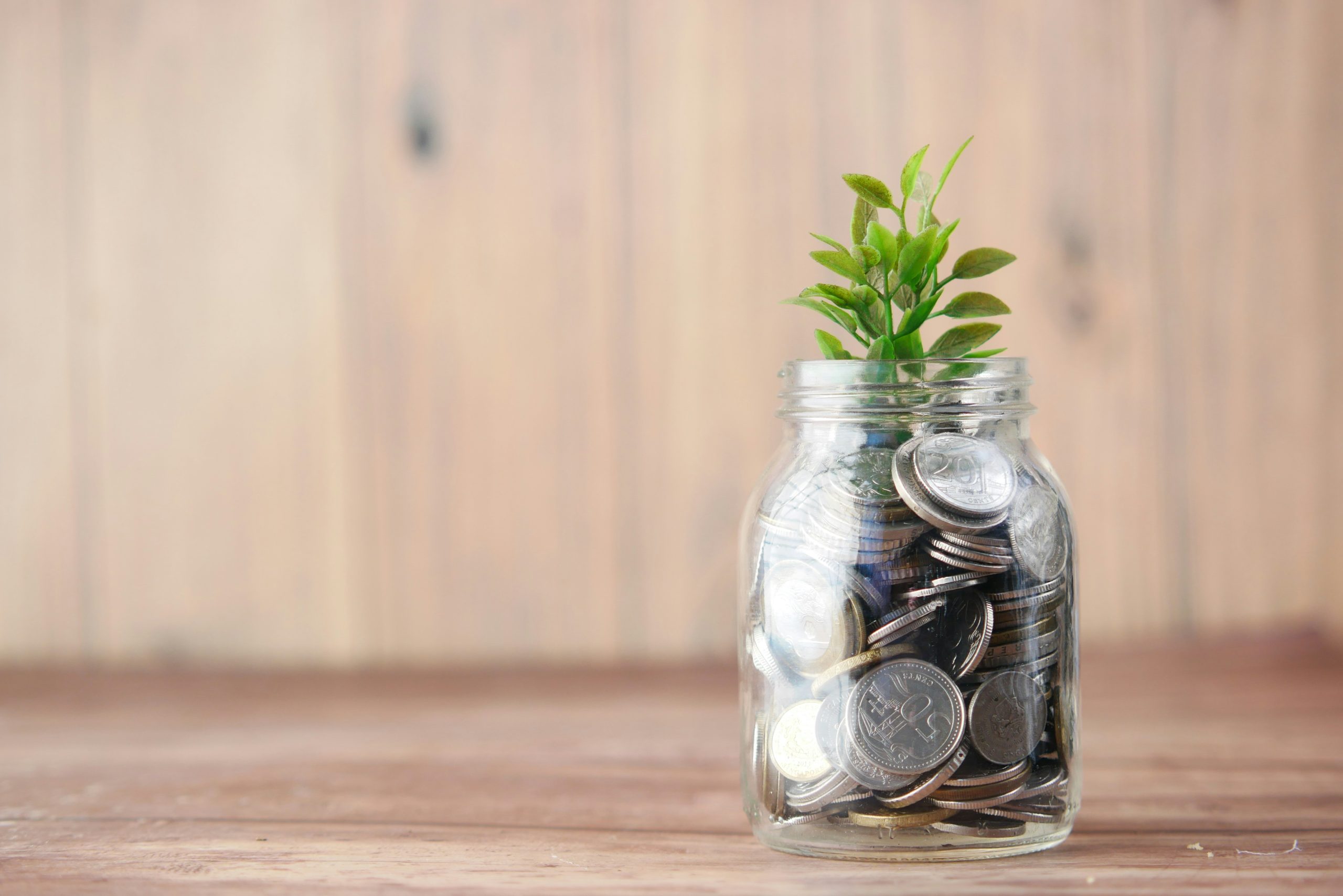Smart Site Design For SEO
When we talk about SEO, we usually discuss on-page and off-page. However, there’s a ‘third pillar’ to all of this that is often overlooked. It has nothing to do with keywords and their placement; it’s about how your site is laid out.
I know for many of you just starting out SEO or search engine optimisation to give it its full name can be a bit confusing and a lot to take in – but believe me when I say if there’s one area you absolutely NEED to understand even in a basic fashion SEO is it, because as the net becomes more & more crowded, SEO becomes even more vital to get yourself & your site well ranked and that my friends means getting traffic, because with out it you are not off the starting blocks – simple as that. You might be the fastest runner in the world but if your glued to those blocks no one will ever get to know – make sense I hope!
Now read on to see the VITAL elements to getting it right!
Your site’s layout has an effect on the people who visit it. It also plays a role in indexing your site in Google. When bots crawl your site they look at layout just as much as keyword usage and other on-page SEO considerations. This is often overlooked by Internet marketers, so let’s talk about the best site layout for successful SEO.
Want Training in SEO – Look No Further than this Master Class Course
Click on the image Now!
Keep It Clean
By far the best site layouts are clean. The design is simple and uncluttered. When people look at the site, their eyes are drawn to whichever features are most important (usually the text). They’re not distracted by ads all over the place; tables piled everywhere, flashy images or other unimportant design features. In addition to the overall design, the colours and text should also be simple and pleasing to the eye.
You should also strip from your site anything that’s not completely relevant. Everything should have a purpose and do something to enhance user experience.
Relevance To Niche
When people (and bots) look at your site, the first thing they’re asking themselves is ‘what is this?’ Each niche has its own flavour for its websites. Organic gardening sites often use earth-tone colours. Business-oriented sites have straight lines and brighter colours. There are certain features that are preferred in each niche, and web surfers are used to seeing them.
Have a look at other sites in your niche to get ideas. You don’t want to copy them outright, but just notice the colours, patterns, images and other design features that are common. If your site clashes with your visitors’ expectations, they’re less likely to stay and see what you have to offer.
Make It Interactive
You should keep it simple, but remember that websites should be interactive. There are some really easy ways to do this. One is to add a blog where visitors can comment. Another is to offer some type of media on your site like a video or podcast. You can also give them a free download. These are things that will keep people on your site for longer and also entice them to come back.
You can also use some plug-ins like the ‘Tweet This’ button or Facebook ‘Like This’ plug-in. These allow them to tell their friends about your site. If you want to really enhance user experience, you can install an online game on your site.
The most important consideration in your site design is this – what do you want them to DO on your site? Whatever this is, every feature of a design should point directly to it. This is why sales pages scroll down to the ‘Buy Now’ button. Everything should be focused on the action you want your visitor to take.
Tony
This post not answered all of your queries?
Leave a comment and we’ll try & help





